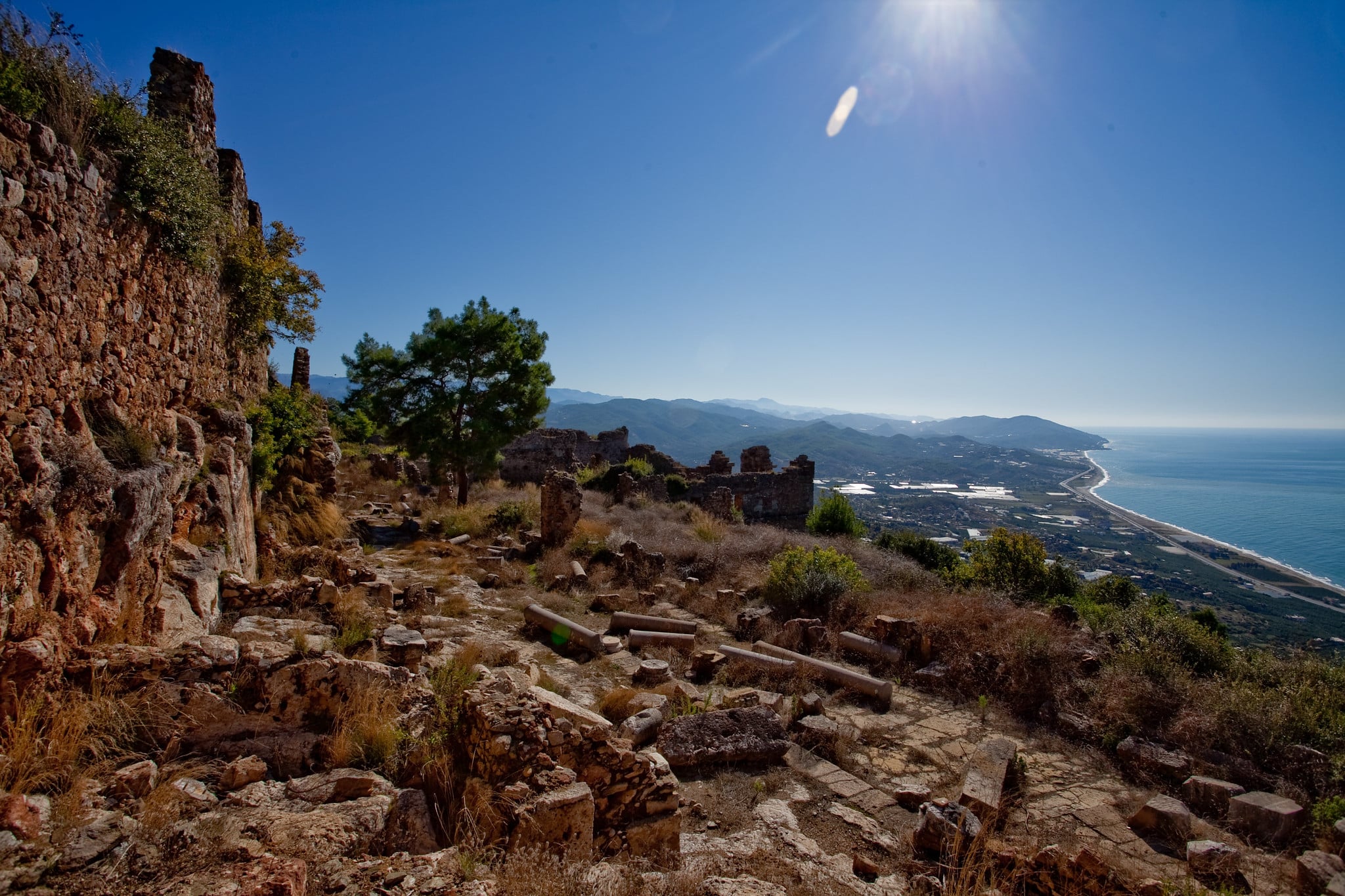

Archaeologists in southern Turkey have uncovered a well-preserved Roman-era mosaic and an intact underground cistern in the ancient Greek city of Syedra (Greek: Σύεδρα). The settlement was founded during the Hellenistic period and later flourished under Roman rule.
The discovery was made near the town of Alanya in Antalya province—part of the region historically known as Asia Minor – as part of the “Heritage for the Future” excavation project led by Turkey’s Ministry of Culture. The dig is overseen by Associate Professor Ertug Ergurer of Alanya Alaaddin Keykubat University.
Officials have called the find one of the most significant in recent years due to the site’s condition and the insight it offers into the architecture and daily life of the region during late antiquity.
The mosaic, believed to date to the fifth century A.D., remains in exceptional condition. It was discovered beneath the floor of what is thought to have been a residential and olive oil workshop area located between Syedra’s Roman bath complex and the city’s main road.
Antalya Alanya’da yer alan Syedra Antik Kenti’nde Roma hamamı ile en uzun caddesi arasındaki zeytinyağı işlikleri ve konutlarda yürütülen kazılarda mozaikli MS 5. yüzyıla tarihlenen mozaikler keşfedildi. pic.twitter.com/r5KUS5F77z
— Basileos (@arkeologbirey) May 7, 2025
Directly beneath the mosaic, archaeologists found a five-meter-high cistern, almost completely intact. Alongside it was a reused funerary object known as an ossuary (ostothek), likely originating from the city’s necropolis.
The base had been cut, and the vessel was installed into the cistern wall to function as a small window, allowing light to filter into the underground space. This type of reuse reflects the ingenuity of the city’s residents in adapting available materials for practical needs.
Located about 20 kilometers southeast of Alanya and perched on steep terrain overlooking the Mediterranean Sea, Syedra was strategically positioned along key trade routes. The city served as a commercial link between Pamphylia to the west and Cilicia Trachea to the east.
Archaeological evidence suggests maritime ties with ancient civilizations such as Cyprus and Egypt. While signs of Bronze Age trade exist in the nearby harbor, permanent urban development in Syedra is confirmed from the Hellenistic period onward.
Syedra’s prosperity reached its height during the Roman Empire. Under Emperor Tiberius, the city began minting its coins.
By the second to fourth centuries A.D., it had developed a strong civic identity, supported a population estimated at 4,000 to 5,000 people, and took political stances, such as backing Septimius Severus during the imperial conflict of 194 A.D. In later centuries, it became part of the Byzantine ecclesiastical network.
The city’s streets were lined with colonnades, monumental tombs, and inscriptions. Some of the writings are believed to commemorate Roman veterans who settled there following military service in the eastern provinces.
Excavations are ongoing, and researchers say the site continues to shed light on daily life, engineering, and the cultural fusion of Greek and Roman traditions in the eastern Mediterranean.
